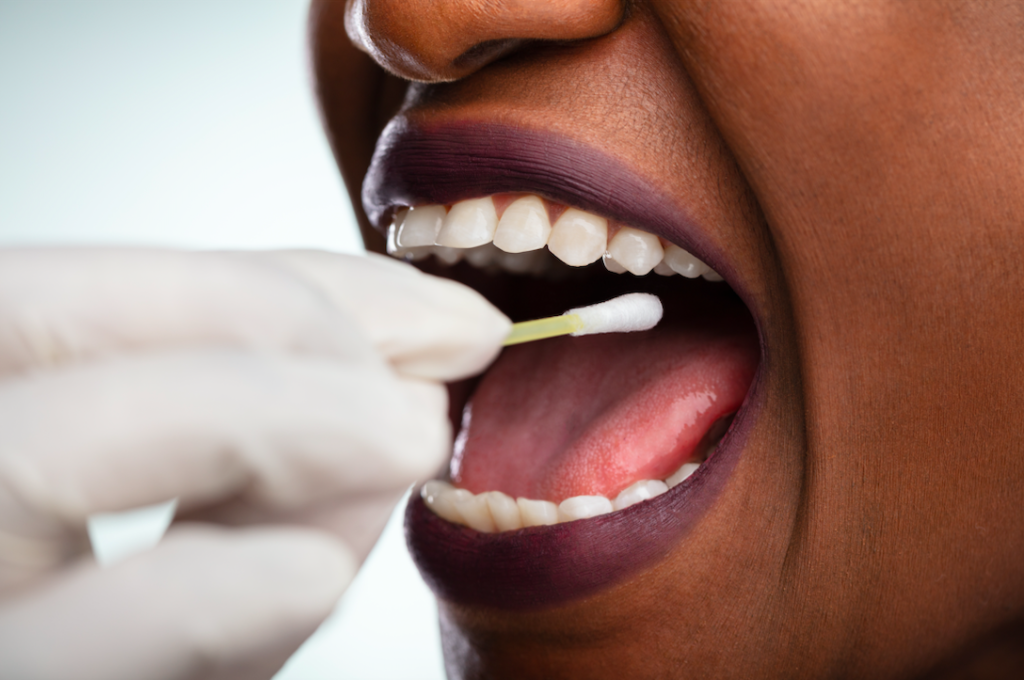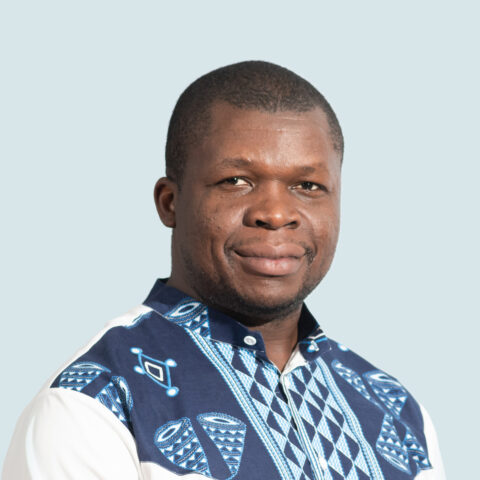Sunday Times Healthy Times
A Simple Act Of Heroism
In South Africa, around 350 bone marrow transplants are done annually, notes Jane Ward, deputy director of the South African Bone Marrow Registry (SABMR), adding that the sad reality is that a bone marrow transplant is often the last resort for a patient. Without it, the likelihood of them not surviving is very high.
“One of the biggest challenges faced is that the registry is not representative of the demographic makeup of SA. While we have around 75 000 donors on the registry, there is a lack of donors of colour,” she says.
“Other challenges include cultural and religious beliefs – largely due to a misunderstanding of religious views and ignorance of the donation process – a lack of awareness that transplants can save lives, the myth that donation is a painful and costly process, and medical mistrust.”
Potential donors between the ages of 16 and 45 can sign up with the SABMR, and donors aged 18–55 can sign up with DKMS Africa.
Perry Loebenberg, clinical haematologist at Constantiaberg Haematology, says that the most common bone marrow diseases requiring transplants are leukaemia, lymphoma and multiple myeloma.
“Treating these requires a more complex match than a simple blood grouping. Because a genetic match is required, the best chance of finding a donor is via a family member, which offers a 25 per cent chance for a full match. If there is no match with family, patients register with the SABMR, giving them at best a 1 in 100 000 chance to find a donor,” he says.
“In South Africa, our fantastic ethnic diversity plays against us with its vast genetic diversity, coupled with the fact that the majority of donors come from a single ethnic group.”
A simple process, a life-saving gift
Alana James, executive director at DKMS Africa, agrees, explaining that there are far more Caucasian donors both on the local registry and globally. “We are trying to create education and awareness in areas and communities that have not been accessed previously,” she says.
“We have been incredibly fortunate both in respect of South African citizens who donate, and corporate donations that help to fund tissue testing and surgeries for those patients who can’t afford it.”
All donors need to do when they are matched, explains Ward, is undergo a medical to ensure they are healthy enough to donate stem cells and then have a short series of injections to boost the production of extra bone marrow stem cells.
“The same stem cells found in your bone marrow are found in your circulating blood, so a nonsurgical, outpatient procedure is used. Blood is removed through a needle in one arm, passed through a machine that collects stem cells, and returned through a needle in the other arm.”
DKMS encourages readers to do what they can to promote becoming a donor. “Talk to your friends and family about it, or like and share on Facebook. Your action could inspire someone who may be a critical match, but had never thought of donating,” James says.
Loebenberg notes that while there are only 75 000 donors on the South African registry we could, given our population numbers, boost these numbers significantly.
“If you are willing to donate blood, bone marrow only involves a bit more time, but is an incredibly heroic act that can save someone’s life. It is a beautiful and selfless deed that directly impacts patients’ lives and offers them the gift of a future,” he concludes.





